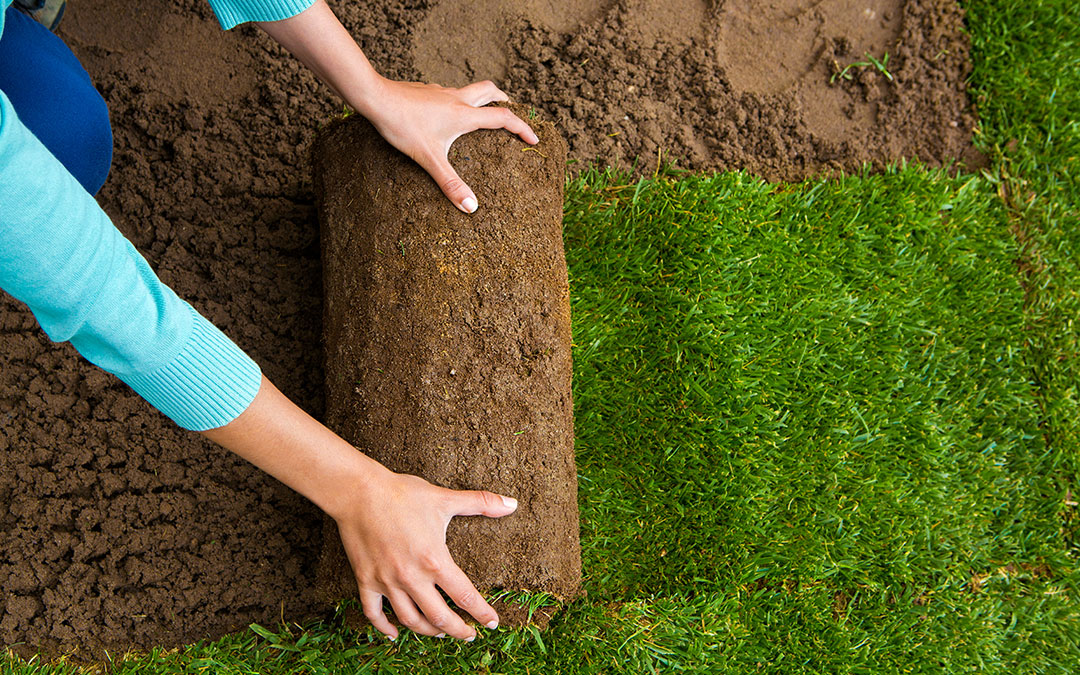We like to consider ourselves experts at Big Foot Turf when it comes to laying sod. We have had our fair share of sod installations on commercial, residential and athletic properties, so you are in the right place to learn the do’s and don’ts of the process. While we would love for you to utilize our installation services, we also understand that you might want to take on this job on your own. Follow these tips for Big Foot Turf-like results!
Choose the Best Season
The best time to lay sod is in the spring and early fall. This is because temperatures are cooler and there is more likely to be occasional rainfall which helps with rooting.
Prepare Your Soil
The first thing you will need to do is remove any debris such as twigs and stones from your soil, so it doesn’t get in the way of it rooting. Once you have a clear canvas, perform a soil test to check if it is lacking anything. Often times, the soil is either too low in PH or too high in PH. You can add lime, dolomite limestone, or wood ashes to help low PH and horticultural sulfur, composted oak leaves, or pine needles for high PH.
Use Top Soil
Sod has a better chance of growing and becoming healthy when it is installed on top of topsoil due to its added nutrients. You can also use topsoil to fill in the lower areas of your yard for a flat surface.
Smooth the Soil
Flatten with a rake so the soil is fluffy enough for roots to burrow through.
Lay the Sod
Frame your yard with a “header” row which will run in the opposite direction of all the other pieces. This helps to hide the ends that are cut to size. Divide your yard into long, narrow sections where you will lay each piece, and place the sod closely together without overlapping them. Stagger the seams, and then flatter with a lawn roller again.
There you have it, 5 tips for laying sod! We take pride in the expertise we have established over the years, and we are sure that you will take pride in your own lawn after following our steps.
Be sure to read our post, “How to Care for a New Sod Lawn,” so you can continue to keep your sod healthy for years to come.

